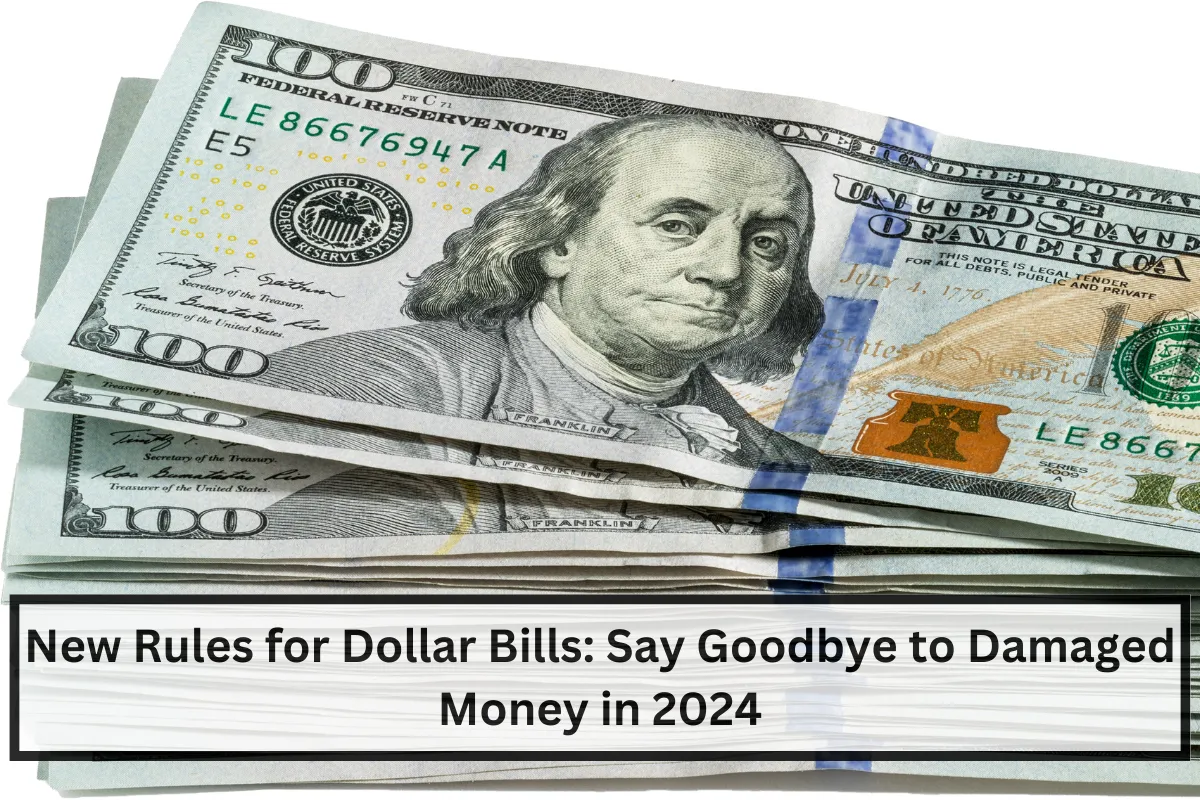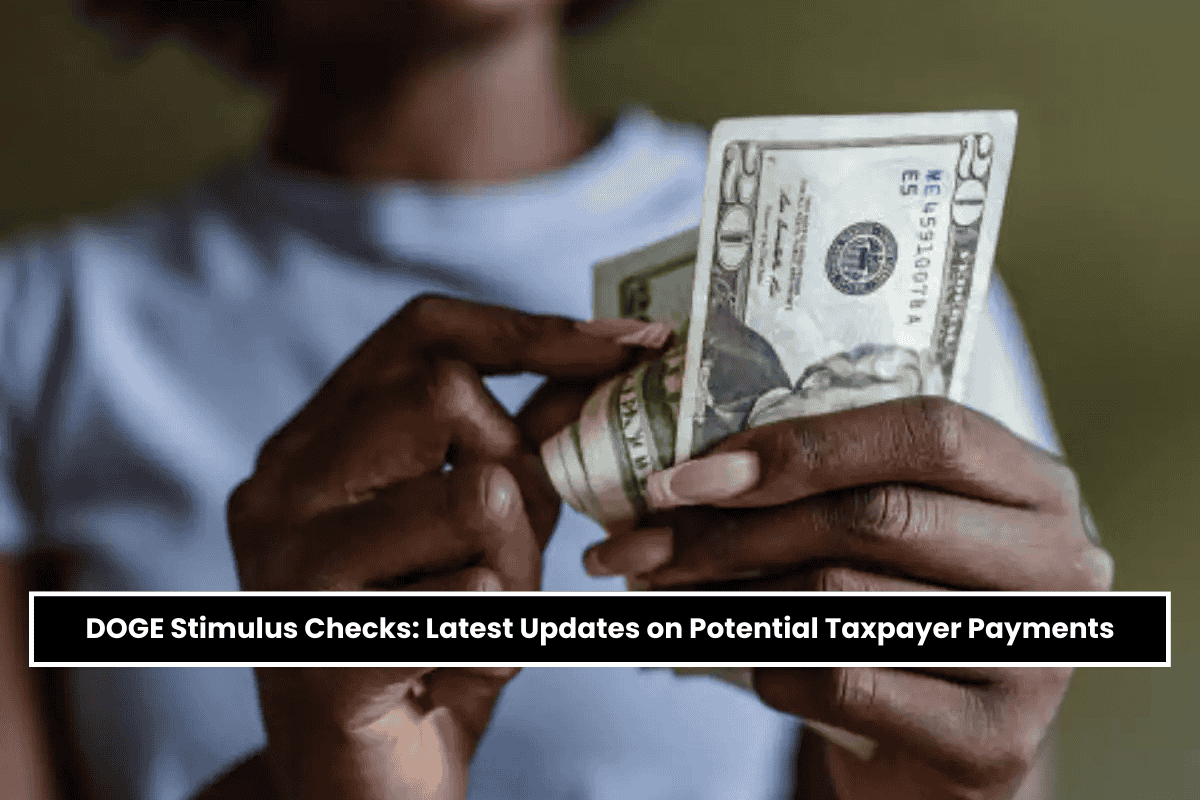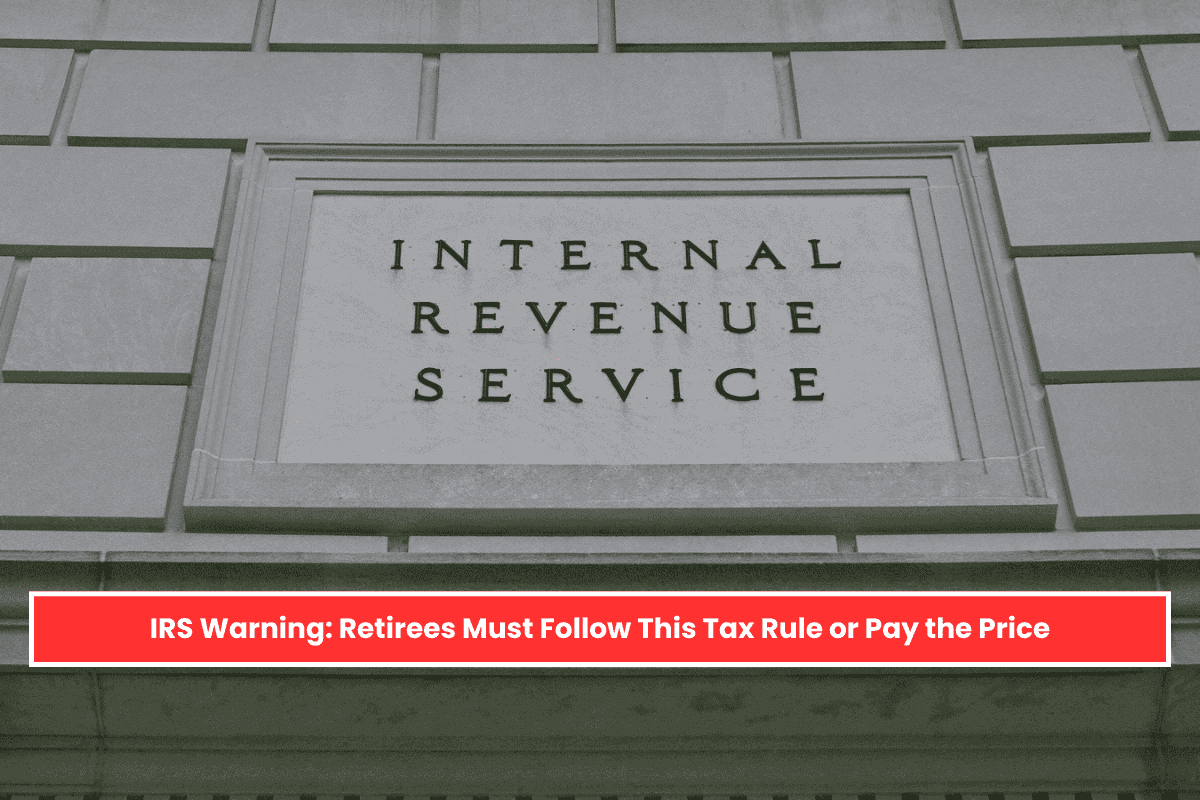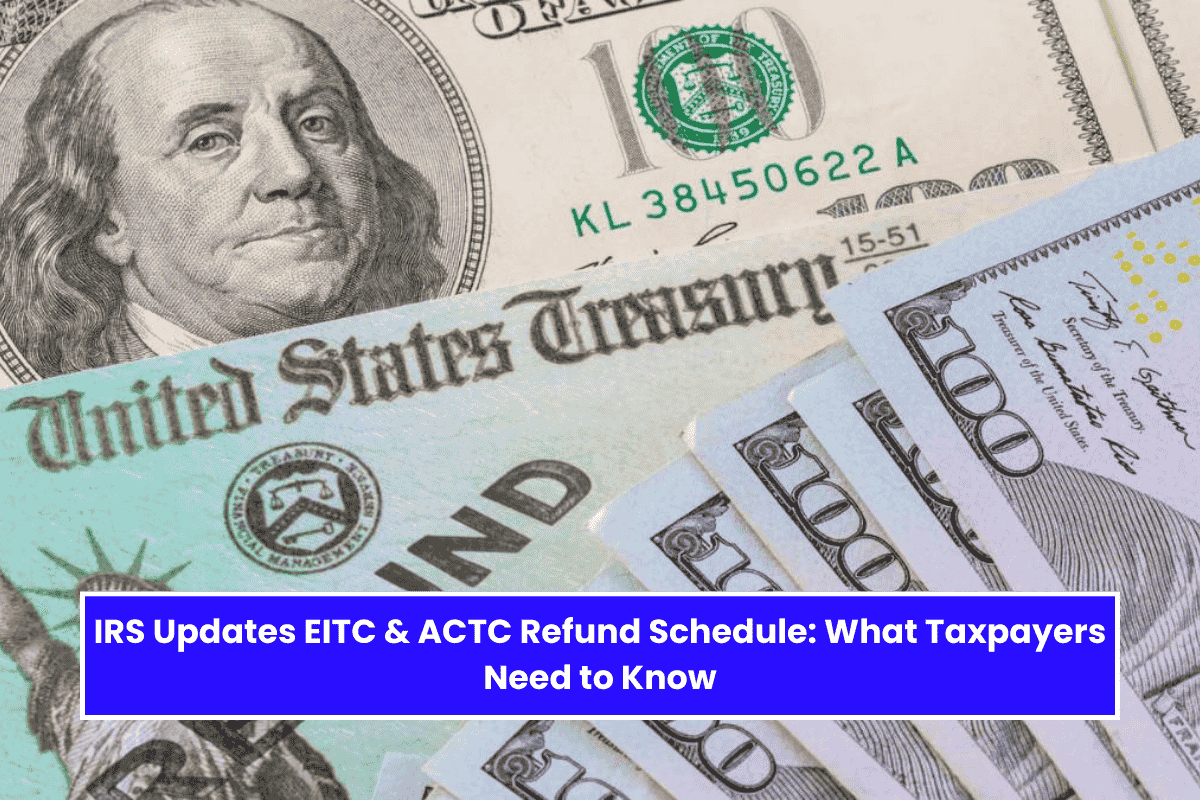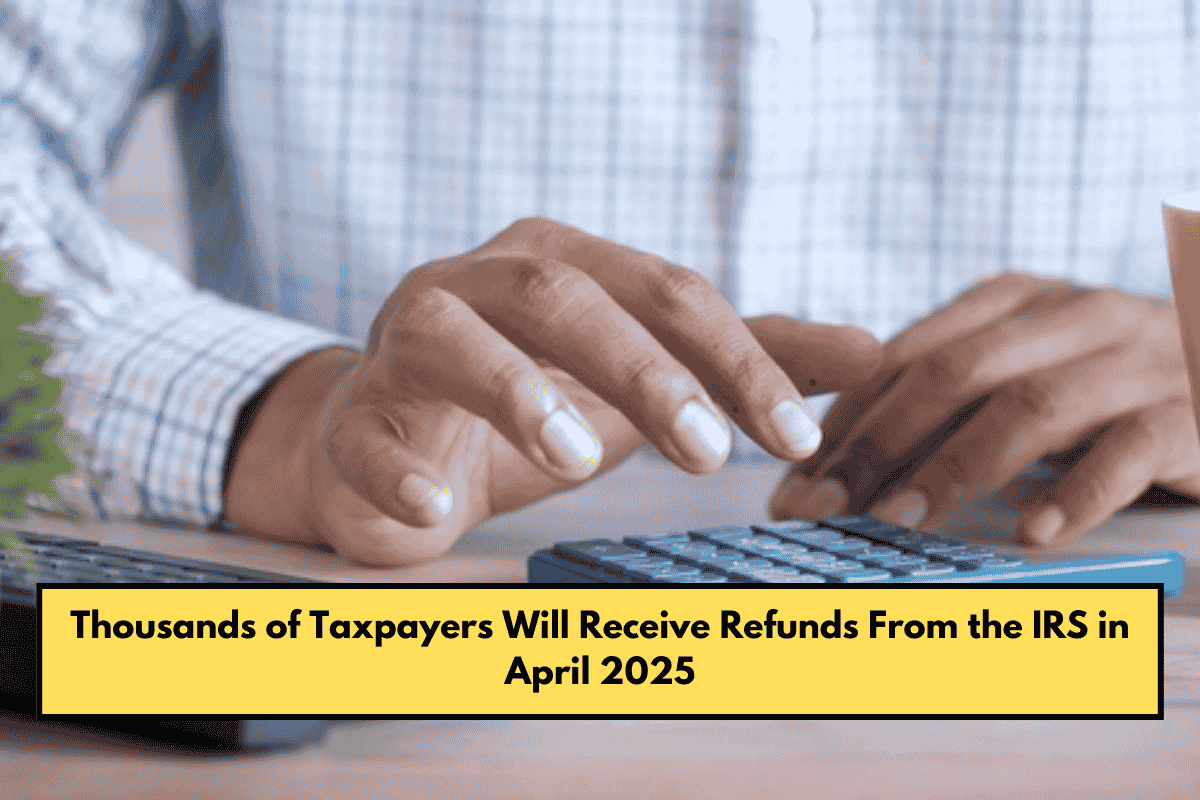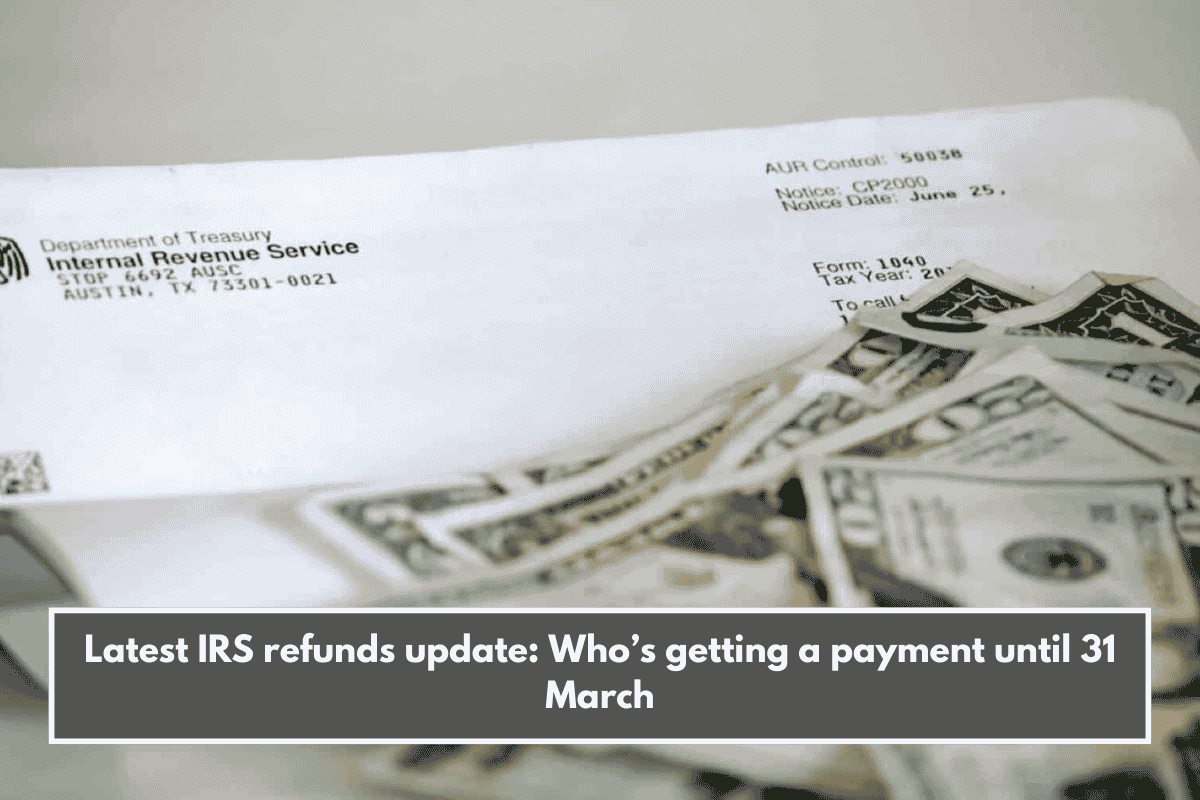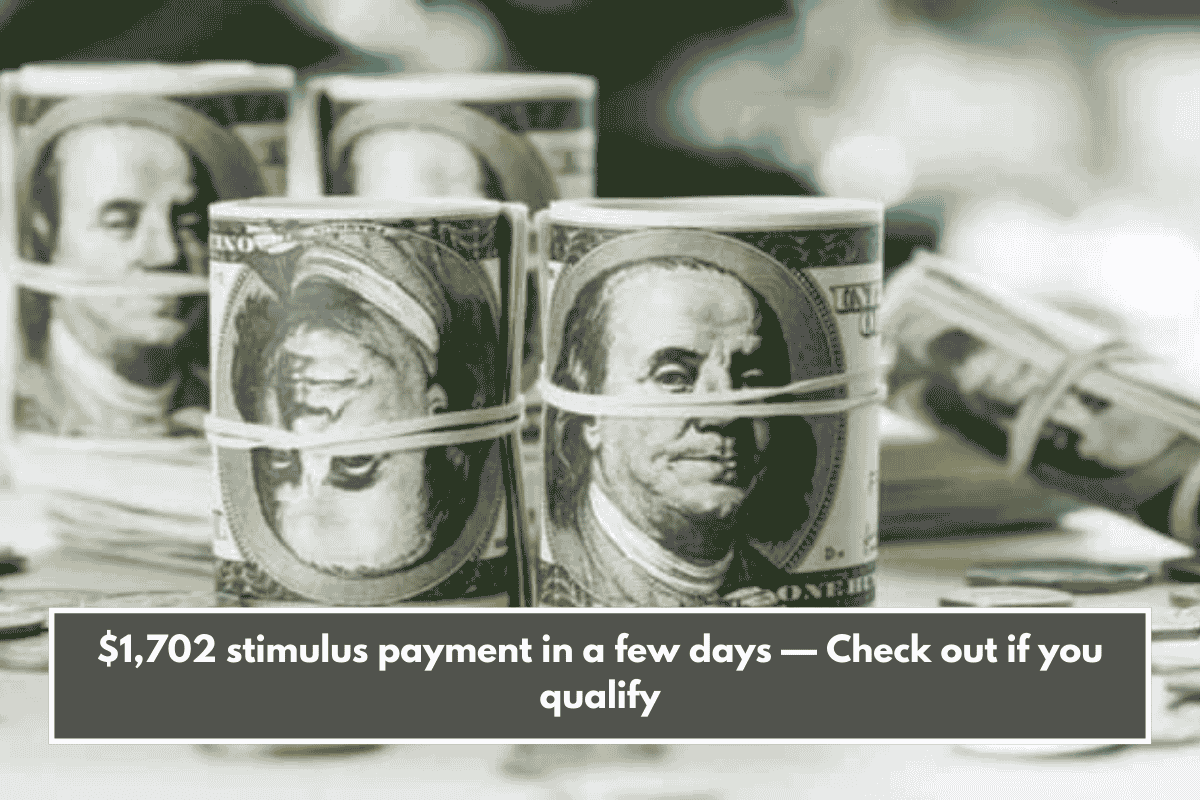Starting in October 2024, big stores like Walmart, Target, and Dollar Tree will no longer accept broken or worn-out dollar bills.
This change is part of a bigger plan by the government to make the money system safer and reduce the problem of counterfeit bills, which cost a lot of money every year.
Here’s everything you need to know about this new rule and what it means for you.
Why Are These Changes Happening?
The government wants to improve the safety of the U.S. dollar and reduce the chance of fake bills being used. Old, torn, or damaged bills are easier to fake, so these new rules will help stop that.
As part of this effort, stores, banks, and ATMs will no longer accept dollar bills that are torn, have edges trimmed, or show signs of wear and tear, like damage from moisture or the environment.
Upcoming Redesigns of U.S. Banknotes
As part of the plan to fight counterfeiting, U.S. currency will also be redesigned in the coming years. These changes will include new features to make it easier to spot real bills.
- $50 bill: Updates will happen in 2028.
- $20 bill: Changes are set for 2030.
- $5 and $100 bills: These bills will also be redesigned with new features.
What Are the New Security Features?
To make U.S. currency harder to counterfeit, new security features will be added to bills. Some of these features include:
- Special Inks and Microprinting: These are hard to copy and will be included in the new bills.
- Security Thread: This thread will be visible when you hold the bill up to the light, showing the word “USA”.
- Color-Changing Ink: On the $100 bill, the number in the lower-right corner changes color when you tilt it from copper to green.
- Watermark: When you hold the bill against the light, you should see a faint portrait that matches the one on the bill.
These features will make it easier for people to know if their money is real.
How to Spot Bills That Won’t Be Accepted
With these changes coming, it’s important to know how to identify bills that may not be accepted. To avoid any trouble, here are some tips on how to spot a real bill:
- Security Thread: Hold your bill up to the light to see the word “USA”.
- 3D Security Ribbon: On $100 bills, tilt the bill and see the bells turn into the number “100”.
- Color-Changing Ink: On $100 bills, the number in the corner changes from copper to green when tilted.
- Watermark: Hold the bill against the light to see a faint image of the person on the bill.
Keeping your bills in good condition will help you avoid problems when trying to use them.
What Does This Mean for You?
Starting in October 2024, many businesses, including major stores, will not accept damaged dollar bills. This is part of an effort by the U.S. government to protect the money system and make it harder for counterfeit bills to circulate.
To make sure your bills are accepted, check that they are in good condition and keep an eye out for new security features.
The new rules starting in October 2024 are all about making the U.S. currency system safer and reducing counterfeit money. With new bills and updated security features, it will be easier to spot real money and keep the financial system more trustworthy.
Why will stores stop accepting damaged dollar bills?
Stores are stopping the acceptance of damaged bills to reduce the risk of counterfeit money.
How can I tell if my dollar bill is real?
Look for features like a security thread, color-changing ink, and a watermark to tell if your bill is real.
When will U.S. currency start to be redesigned?
The $50 bill will be redesigned in 2028, and the $20 bill will be updated by 2030.
Will the new bills be easier to counterfeit?
No, the new bills will have special features like microprinting and color-changing ink to make them harder to copy.
What if I have a worn-out bill?
If you have a worn-out bill, it may not be accepted in stores, so keep your money in good condition.

